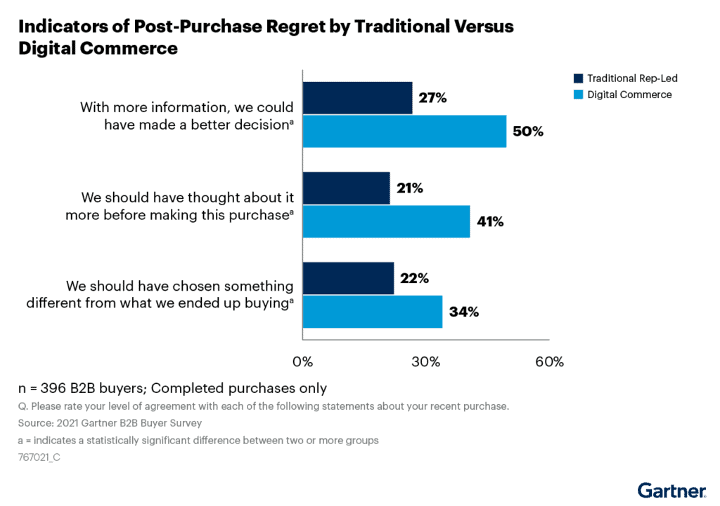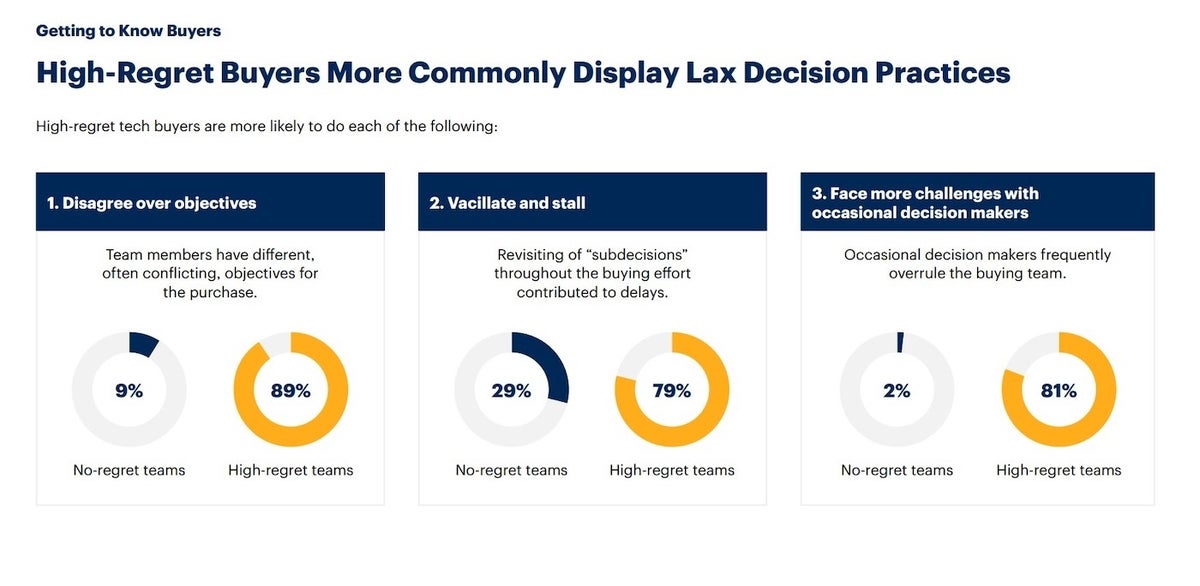You have debated if you should buy a software product, you may have established exactly what it is you want to accomplish with your new tool, and you may have even already made space in the budget for the upcoming acquisition.
But you have still not chosen one thing: which company you are going to trust with providing your brand-new piece of valued enterprise software. For popular applications in business, you will have dozens, if not more, options to choose from. There is rarely an obvious decision, and the quantity of choices can be overwhelming.
Maybe no one product does it all? Perhaps everyone claims to be the best in class? Or possibly a negative review is holding you back from an otherwise good option? It can be difficult to gather together all the resources you need to make the best decision, all the while ignoring the noise.

The quality of information is critical to making the right decision
In order to better help you filter through what matters and what doesn’t, we’ve assembled a list of ten DOs and DONTs in picking a new enterprise software package. Of course, we at CostPerform are all about financial decision-making, cost modelling software and cost allocation, but you can also apply these rules and principles to HR software, a CRM tool or communication tech.
DOs and DONTs of purchasing enterprise software
DO listen to word of mouth. A trusted review can be invaluable in the search for the right tool. If a colleague or friend has real world experience with a given tool, they will be able to provide you with invaluable feedback.
DON’T give in to pressure sales. Companies with the highest sales budgets will invariably get more deals over the line. But the strength of the sales pitch is not directly correlated to the strength of a product. Learn to separate one from the other, and assess the product on its merits.
DO consume traditional content, case studies, whitepapers, etc. A deep-dive into a technical concept in a whitepaper can be eye-opening. Does the company clearly communicate its product’s strengths, weaknesses, and relevance? That’s a good sign. Likewise, a case study can teach you a lot about the practical implications.
the impact of a bad decision can be significant
DONT worry too much about social media, videos, or even podcasts. Just like pushy sales, a fancy marketing pitch is unlikely to tell you what you need to know about a product. Placing too much trust in short-form content like videos, infographics or flashy social media posts is highly associated with purchase regret after making the final decision.
DO buy as a team. While this may be obvious to some, it can easily be overlooked. The decision to choose the right provider should involve your whole team. Not least because only after the decision is made, does the difficult phase of implementation and change management begin. A team that’s been involved in the decision to go for HubSpot rather than Salesforce, for example, will be far more willing and able to hit the ground running with the new tool. Give your team a platform for input and listen carefully to their views.
DO check out implementation guides, product roadmaps and more. Understanding ahead of schedule how the new tool will be implemented in your organization will help give you a leg up in understanding its impact. We recommend you to not overlook this in-depth content, as resources that go in-depth on the implementation of a product are likely to teach you a lot more than short-form online content. For an example of an implementation guide, check out CostPerform’s 8 steps to design a profitability model for banks
DONT put too much value on customized content. If a company has gone out of its way to provide you with a customized video or sales-pitch, it may be convincing, but is unlikely to speak to the strength of their product. Instead, hone in on the product, what it can do, not what they tell you about it.

DO read books. Whether you’re new to the enterprise software market or have already got some experience, reading some business or general literature can give valued perspective on what you’re trying to achieve with your decision. For starters, check out Annie Duke’s thought-provoking material on decision-making, and thinking in bets.
DO ask to speak to customer success. After signing a contract, sales’ job is done, and they will move on to new leads. Customer success will be tasked with helping you get set up and onboarding your team. Establish a good relationship early, and you will have a clearer idea of how to plan your project through to success.
DO ask plenty of questions and conduct your own research. There is no such thing as a stupid question when making a large purchase decision. You are not likely to know every answer upfront, and a well-put question to the right organization may reveal exactly what you and your team need to know. Conduct your research through channels you trust, Gartner or McKinsey reports may often be good places to start.
What to watch out for in purchasing enterprise software
A Gartner study in 2023 found that 60% of purchase acquisitions end in significant regret. With the information overload, flashy sales and marketing, and abundance of options, it’s easy to make the wrong decision. By paying closer attention to the media you consume, and knowing what to look for, you can significantly reduce your chances of a mistake, and get the value you need from a powerful new tool.
At CostPerform we aim to provide a best-of-breed cost allocation and cost modeling tool, using the principles of activity based costing. Even though we are specialized in this domain, we find that many of our customers are responsible for purchase decisions in other areas too. If you want to learn more about this topic, check out our blog on the build vs. buy decision. Good luck in your purchase decision!